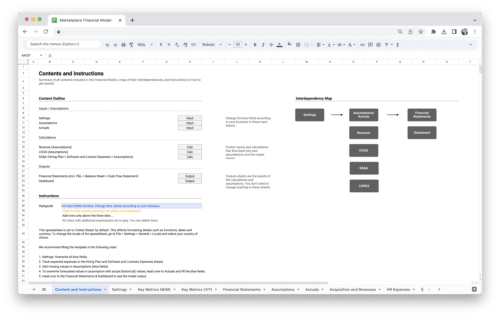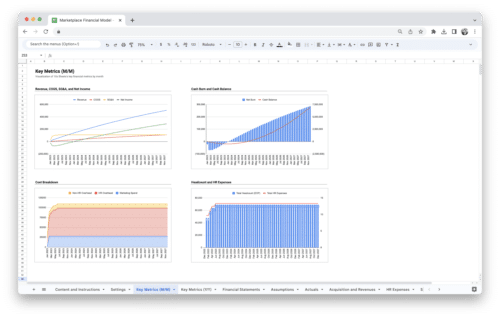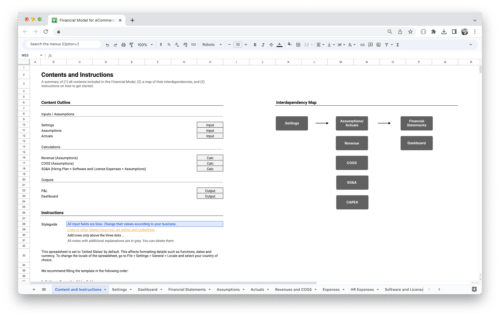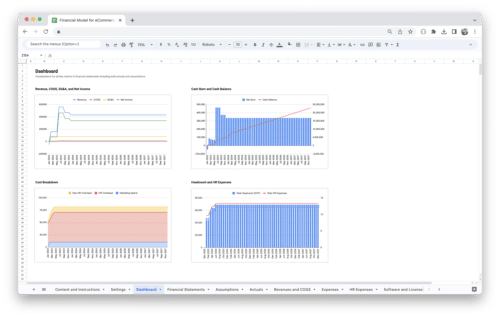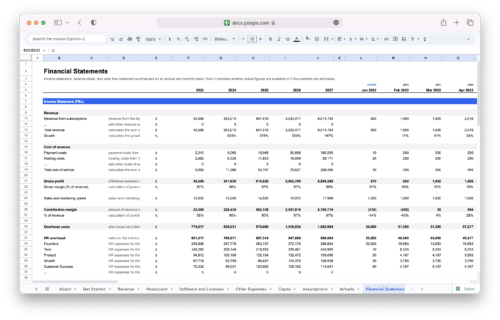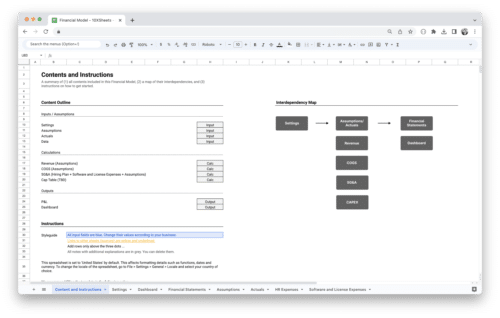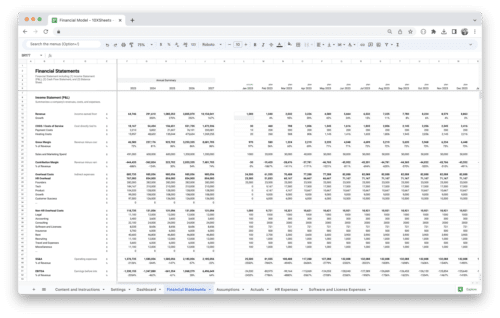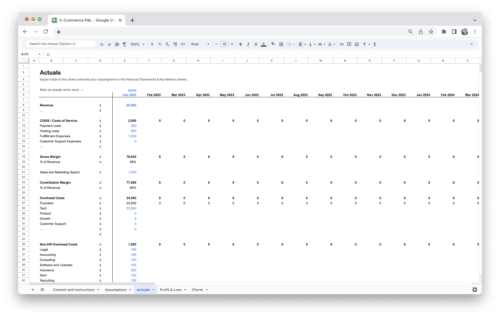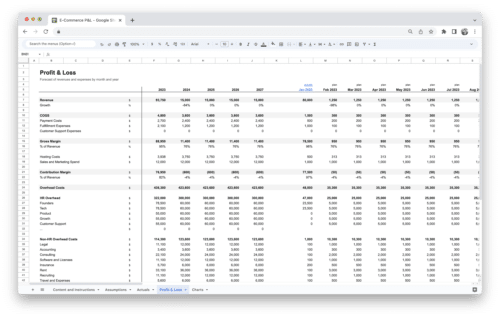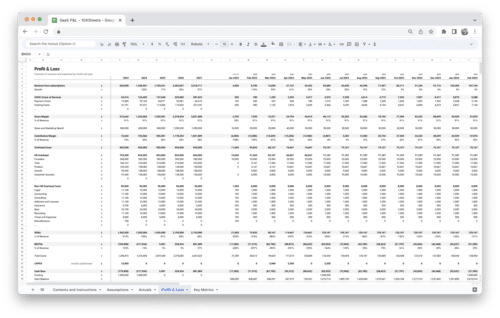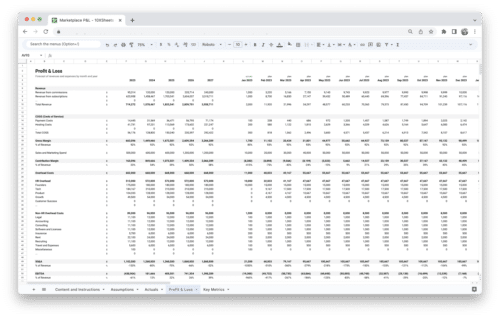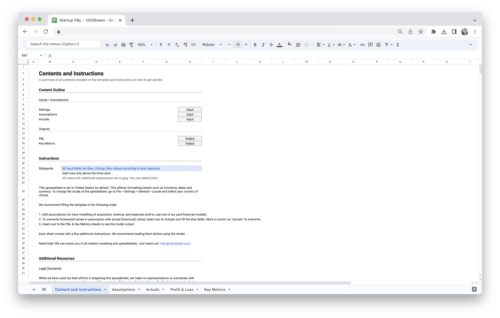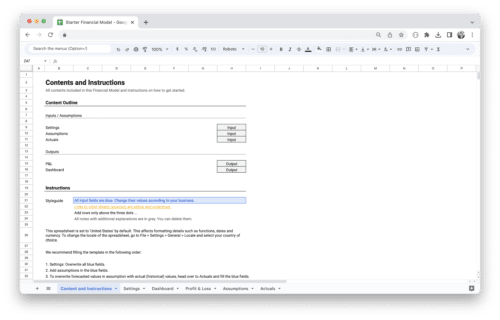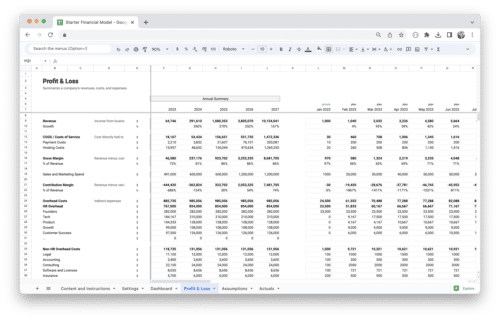- What is Venture Capital?
- Understanding Venture Capital Metrics
- Key Performance Indicators in Venture Capital
- In-Depth Analysis of Key Venture Capital Metrics
- Using Venture Capital Metrics in Decision-Making
- The Impact of External Factors on Venture Capital Metrics
- Limitations of Venture Capital Metrics
- The Future of Venture Capital Metrics
- Conclusion
Venture capital is the financial fuel that powers many startups and early-stage companies. The role of venture capital in the entrepreneurial ecosystem is paramount. Venture capital metrics, the key indicators of performance and value creation, play a crucial role in this domain.
In this guide, we provide an in-depth understanding of VC metrics, their relevance, calculation, and impact on investment decisions.
What is Venture Capital?
Venture capital (VC) is a form of private equity financing provided by venture capitalists or venture capital firms to startups, early-stage, and emerging companies that show high growth potential.
Importance of Venture Capital Metrics
Venture capital metrics provide quantitative evidence of a company’s performance. They play a crucial role in assessing the profitability and sustainability of an investment. These metrics are essential tools for venture capitalists in making informed decisions.
Understanding Venture Capital Metrics
Venture capital metrics are an essential toolset used by investors to determine the worth of an investment. They give insights into a company’s financial health and future prospects.
What are VC Metrics?
Venture capital metrics are numerical measures or key performance indicators (KPIs) used by investors to evaluate and compare potential investments. They provide insights into a company’s operational and financial performance and are used to determine if an investment aligns with the investor’s goals and risk tolerance.
The Role of Metrics in Venture Capital
Metrics are instrumental in the venture capital industry. They:
- Enable venture capitalists to make informed investment decisions.
- Aid in assessing the potential return on investment (ROI).
- Assist in comparing investment opportunities.
- Help in monitoring and evaluating the performance of portfolio companies.
Different Types of Venture Capital Metrics
VC metrics can broadly be classified into:
- Financial Metrics: Include indicators such as Internal Rate of Return (IRR), Cash-on-Cash Return, and Net Present Value (NPV).
- Operational Metrics: These measure a company’s efficiency and effectiveness, including customer acquisition cost (CAC), lifetime value (LTV), and churn rate.
Key Performance Indicators in Venture Capital
Key Performance Indicators (KPIs) in venture capital are quantifiable measures used to gauge the success of an investment. They are instrumental in assessing the performance and growth potential of a startup. Let’s explore their significance and the most common ones used in the venture capital industry.
Importance of KPIs in Venture Capital
KPIs provide a snapshot of a company’s performance and potential for future growth. They:
- Offer insights into the financial health of a company.
- Enable investors to measure the success of their investment.
- Assist in making informed decisions about future investments.
Most Common KPIs in Venture Capital
Common KPIs used in venture capital include:
- Revenue Growth Rate: Indicates how fast a company’s revenue is increasing.
- Gross Margin: Reflects the percentage of revenue retained after accounting for the cost of goods sold (COGS).
- Monthly Active Users (MAU): Used primarily in app-based or online businesses, it reflects the number of unique users over a given month.
- Customer Acquisition Cost (CAC): The average cost of acquiring a new customer.
In-Depth Analysis of Key Venture Capital Metrics
Now, let’s analyze some key venture capital metrics in detail, including their definitions, significance, and how they’re calculated.
Cash-on-Cash Return
Cash-on-Cash return is a popular metric used by investors to evaluate the performance of their investments.
What is Cash-on-Cash Return?
Cash-on-Cash return is the net cash income divided by the original cash investment. It measures the cash income return on cash invested, providing an understanding of the cash yield from an investment.
How to Calculate Cash-on-Cash Return?
The Cash-on-Cash return is calculated as follows:
Cash-on-Cash Return = (Annual Pre-Tax Cash Flow / Total Cash Invested) * 100%
Internal Rate of Return (IRR)
Internal Rate of Return (IRR) is a crucial venture capital metric used to measure the profitability of an investment.
What is IRR?
IRR is the discount rate at which the Net Present Value (NPV) of future cash flows from an investment equals zero. It is used to estimate the profitability of potential investments.
How to Calculate IRR?
IRR can be calculated using financial calculators or software like Excel, which uses the following formula:
NPV = ∑ [(Cash inflow for the period / (1+IRR)^Period)] – Initial Investment
An investment is considered good if its IRR is greater than the required rate of return.
Multiple on Invested Capital (MOIC)
MOIC is a measure of the return on a particular investment.
What is MOIC and Why it Matters?
MOIC stands for ‘Multiple on Invested Capital’. It is calculated as the ratio of the exit value of an investment to the initial investment value. It gives investors an idea of how much return they get on their initial investment.
How to Calculate MOIC?
The MOIC is calculated as follows:
MOIC = Exit Value of Investment / Initial Investment Value
Fund Return
Fund return is an essential metric that provides insights into the financial performance of a venture capital fund.
What is Fund Return?
Fund return is the total return received from a fund during a specific period. It includes capital gains and any income, such as dividends. It’s crucial for understanding a venture capital fund’s overall performance and success.
How to Calculate Fund Return?
Fund return is generally calculated as:
Fund Return = (Ending value – Beginning value) / Beginning value
Net Present Value (NPV)
Net Present Value (NPV) is a core financial concept and a crucial metric for venture capitalists.
What is NPV?
NPV is the difference between the present value of cash inflows and outflows over a period. If the NPV of a prospective project is positive, it is considered a good investment.
How to Calculate NPV in Venture Capital?
The formula for NPV is:
NPV = ∑ [(Cash inflow for the period / (1+r)^Period)] – Initial Investment
Where:
- r is the discount rate
- Period is the number of periods
A positive NPV indicates that the projected earnings of an investment (in present dollars) exceeds the anticipated costs (also in present dollars).
Using Venture Capital Metrics in Decision-Making
Venture capital metrics are vital for making informed decisions. They play a significant role in investment decisions, portfolio management, and risk management.
How Metrics Guide Investment Decisions
VC metrics are very useful in making investment decisions as they:
- Provide a quantitative basis for decision-making.
- Help determine if an investment aligns with an investor’s risk profile and investment strategy.
- Enable comparison between different investment opportunities.
Using Metrics for Portfolio Management
Metrics aid in portfolio management by:
- Enabling regular performance assessment.
- Helping identify any trends or issues early on.
- Assisting in the diversification of the portfolio.
Role of Metrics in Risk Management
Metrics play a significant role in risk management. They:
- Help identify and quantify potential risks.
- Assist in developing strategies to mitigate identified risks.
- Enable tracking of risk mitigation efforts.
The Impact of External Factors on Venture Capital Metrics
External factors such as economic conditions, industry trends, and regulatory changes can significantly impact venture capital metrics.
Economic Conditions and Metrics
Changes in the economic environment can have profound effects on venture capital metrics. For instance:
- During economic booms, inflated valuations and increased competition could lead to lower projected returns.
- Economic downturns could lead to increased risk, potentially impacting metrics such as IRR and NPV.
Industry Trends and Their Influence on Metrics
Industry trends can also impact venture capital metrics. For example:
- The emergence of disruptive technologies or innovative business models can lead to new investment opportunities.
- Industry downturns or declines can negatively impact the performance of portfolio companies, affecting fund returns.
Regulatory Impact on Venture Capital Metrics
Regulatory changes can have significant effects on VC metrics. For example:
- Changes in tax regulations can affect post-tax returns.
- Stricter regulations can increase the cost of compliance, affecting a company’s profitability.
Limitations of Venture Capital Metrics
While venture capital metrics are instrumental in making investment decisions, it’s important to understand their limitations.
Common Misunderstandings About VC Metrics
Some common misunderstandings include:
- Metrics are absolute: Metrics are merely tools for analysis and should be interpreted in the context of the overall investment landscape.
- All metrics are equally important: Different metrics have varying levels of importance depending on the specific investment scenario.
Risks Associated with Solely Relying on Metrics
Relying solely on metrics can be risky because:
- Metrics do not consider qualitative factors: Metrics focus on quantitative analysis and often ignore qualitative factors such as management competence or industry dynamics.
- Over-reliance on historical data: Many metrics rely on historical data, which may not always be a reliable predictor of future performance.
The Future of Venture Capital Metrics
Technological advancements, predictive analytics, and the emergence of new metrics are shaping the future of venture capital metrics.
Predictive Analytics in Venture Capital Metrics
Predictive analytics can be used to forecast potential investment outcomes based on venture capital metrics. It could provide more accurate assessments and projections, improving the decision-making process.
Emergence of New Metrics
As the business environment evolves, new venture capital metrics may emerge to measure aspects not covered by traditional metrics, like environmental, social, and governance (ESG) factors.
Conclusion
Venture capital metrics are crucial tools for evaluating, comparing, and monitoring investments. Despite some limitations, they are vital in guiding venture capital decisions and strategies. As technology advances and the investment landscape evolves, VC metrics are bound to grow more sophisticated, providing even deeper insights into investment opportunities.
Get Started With a Prebuilt Template!
Looking to streamline your business financial modeling process with a prebuilt customizable template? Say goodbye to the hassle of building a financial model from scratch and get started right away with one of our premium templates.
- Save time with no need to create a financial model from scratch.
- Reduce errors with prebuilt formulas and calculations.
- Customize to your needs by adding/deleting sections and adjusting formulas.
- Automatically calculate key metrics for valuable insights.
- Make informed decisions about your strategy and goals with a clear picture of your business performance and financial health.

